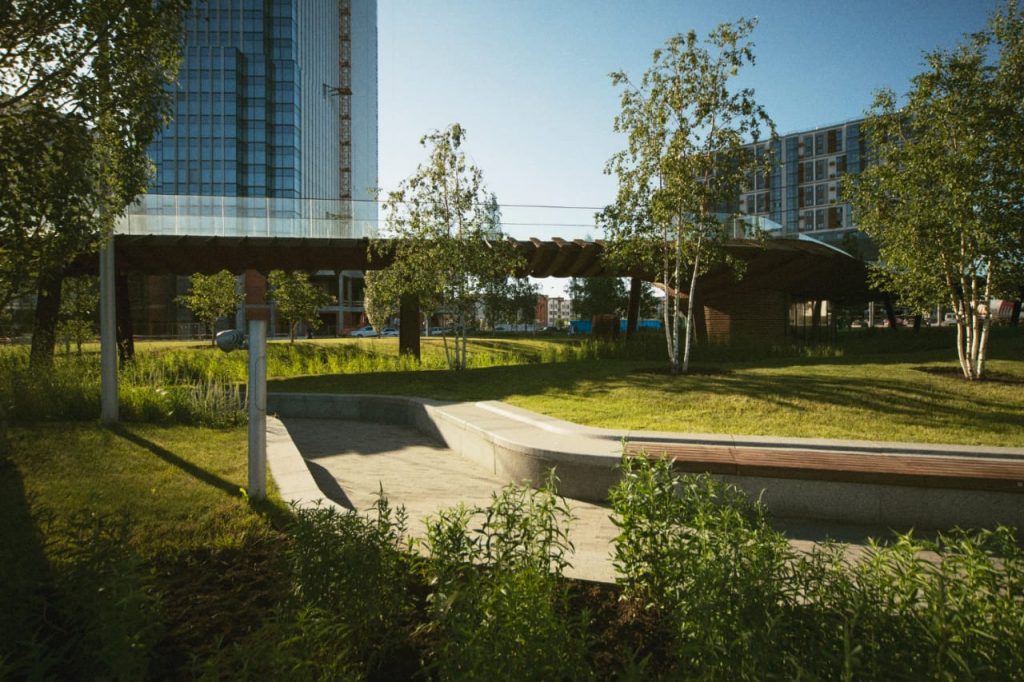
Over the past few decades, urban centers worldwide have experienced a dramatic transformation. Once deserted and neglected, city centers are now undergoing an exciting renaissance known as urban revival. Characterized by renewed interest, investment, and development, city centers are being transformed into vibrant living spaces that attract residents, businesses, and visitors alike. In this blog, we will explore the driving forces behind urban revival, the key elements contributing to the transformation, and the positive impacts of these developments on communities and the economy. The Driving Forces of Urban Revival a. Changing Demographics Changing demographics have played a significant role in fueling urban revival. Millennials and young professionals, in particular, have shown a strong preference for city living. They seek an urban lifestyle that offers proximity to work, entertainment, cultural amenities, and public transportation. As a result, urban centers are experiencing an influx of younger residents driving the demand for housing and community-centric environments. b. Economic Incentives Local governments and city planners recognize the economic potential of urban revival. Revitalizing city centers attracts investments, creates job opportunities, and stimulates economic growth. Urban renewal projects generate increased tax revenues, which can be reinvested into further development, infrastructure upgrades, and social services, benefiting the entire community. c. Sustainable Development Sustainable development practices have become a focal point in urban revival efforts. Many city centers are redesigned to promote green spaces, eco-friendly transportation options, and energy-efficient buildings. This commitment to sustainability improves residents' quality of life and attracts environmentally conscious businesses and investors. Key Elements of Urban Revival a. Mixed-Use Developments One of the cornerstones of urban revival is the rise of mixed-use developments. These projects combine residential, commercial, and recreational spaces within the same area. Mixed-use developments foster a sense of community and reduce the need for long commutes by bringing together living, working, and leisure activities. This integration of different functions creates a dynamic and lively atmosphere attractive to residents and visitors. b. Adaptive Reuse Once abandoned, historic buildings and industrial sites are finding new life through adaptive reuse projects. Repurposing old structures for modern purposes preserves the city's architectural heritage while meeting contemporary needs. Restaurants, art galleries, boutique hotels, and co-working spaces are among the many creative uses that breathe new life into these cherished structures. c. Walkability and Connectivity City centers are being reimagined with a focus on walkability and connectivity. Pedestrian-friendly streets, bike lanes, and improved public transportation systems make it easier for residents to navigate their surroundings without relying on cars. Enhanced connectivity reduces traffic congestion and pollution and fosters a sense of community, as people interact more frequently in public spaces. d. Cultural and Recreational Amenities Urban revival is about functional spaces and fostering a vibrant cultural scene and providing recreational opportunities. City centers embrace the arts by hosting festivals, installations, and live performances. The development of parks, community gardens, and public squares encourages social interactions and recreational activities, enhancing the overall livability of the area. Positive Impacts of Urban Revival a. Increased Property Values The transformation of city centers into vibrant living spaces directly impacts property values. Property prices follow suit as demand rises due to improved amenities and overall desirability. Homeowners in these areas experience significant appreciation in property values, making their investments more rewarding. b. Enhanced Quality of Life Urban revival projects prioritize the well-being of residents and the community. The availability of cultural and recreational amenities and better access to essential services and job opportunities enhance the overall quality of life. Residents can enjoy a more balanced and fulfilling lifestyle in these dynamic urban environments. c. Economic Growth and Job Creation As city centers become attractive destinations, they draw in businesses, entrepreneurs, and investors. New commercial developments and startups result in job creation, fostering economic growth and prosperity for the city. The influx of visitors and tourists also contributes to the local economy, supporting retail, hospitality, and service businesses. d. Social Cohesion and Community Building Urban revival fosters social cohesion and community building. Creating public spaces, mixed-use developments, and cultural events brings people together, promoting social interactions and a sense of belonging. Stronger community ties lead to improved safety and a shared responsibility for the neighborhood's well-being. Urban revival represents a transformative movement that breathes new life into city centers. The combination of changing demographics, economic incentives, and a commitment to sustainable development has resulted in vibrant living spaces attracting residents and businesses alike. Through elements such as mixed-use developments, adaptive reuse, walkability, and the provision of cultural amenities, city centers have evolved into dynamic urban environments that enhance their residents' overall quality of life. As urban revival continues to reshape cities worldwide, the positive impacts on property values, economic growth, social cohesion, and community building will undoubtedly shape the future of urban living for generations to come.
Enter your email address and we will send you a link to change your password.